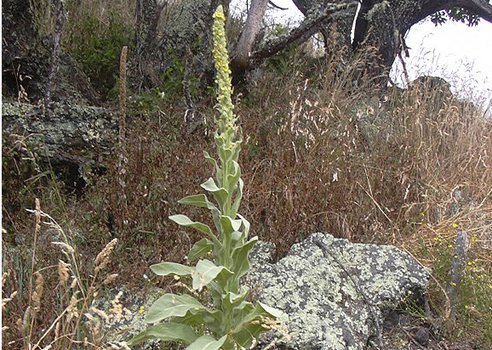Reading time: Less than 1 minute
Increase your vocabulary and you’ll make your writing much more precise. That’s why I provide a word of the week. Today’s word: mullein…
In addition to being a best-selling writer, Barbara Kingsolver is also a biologist. She was raised in rural Kentucky and lived briefly in the Congo in her early childhood. Now she lives in rural Appalachia.
In her most recent novel, Unsheltered, her comfort with the language of biology is on full display. The story focuses on two families living in the same house, but two centuries apart. A member of the more senior family, is enthralled by the work of Charles Darwin.
Kingsolver seeds her language with biological detail as in the word mullein, used as an adjective. Here is how she employs the word:
Selma gave a prompt curtsey. A pale, fuzzy little mullein of a girl, nearly as young as Polly, he guessed, but more accustomed to work.
A mullein, it turns out, is a type of plant, commonly used in herbal medicine. The Latin name for the plant is verbascum and it represents a genus of about 360 species of flowering plants native to Europe and Asia but found elsewhere in the world, as well.
They are usually biennial or perennial plants, usually growing up to three metres (nine feet) tall. (See photo at the top of this post.) The plants first form a dense rosette of leaves at ground level, subsequently sending up a tall flowering stem.
The leaves are arranged in a spiral and are often (although not always) densely hairy. The flowers have five symmetrical petals. Many are yellow but other colours include orange, red-brown, purple, blue and white. The fruit is a capsule containing numerous very small seeds.
In Kingsolver’s metaphorical language, I presume she is suggesting the girl is covered in a soft and downy layer of hair.


